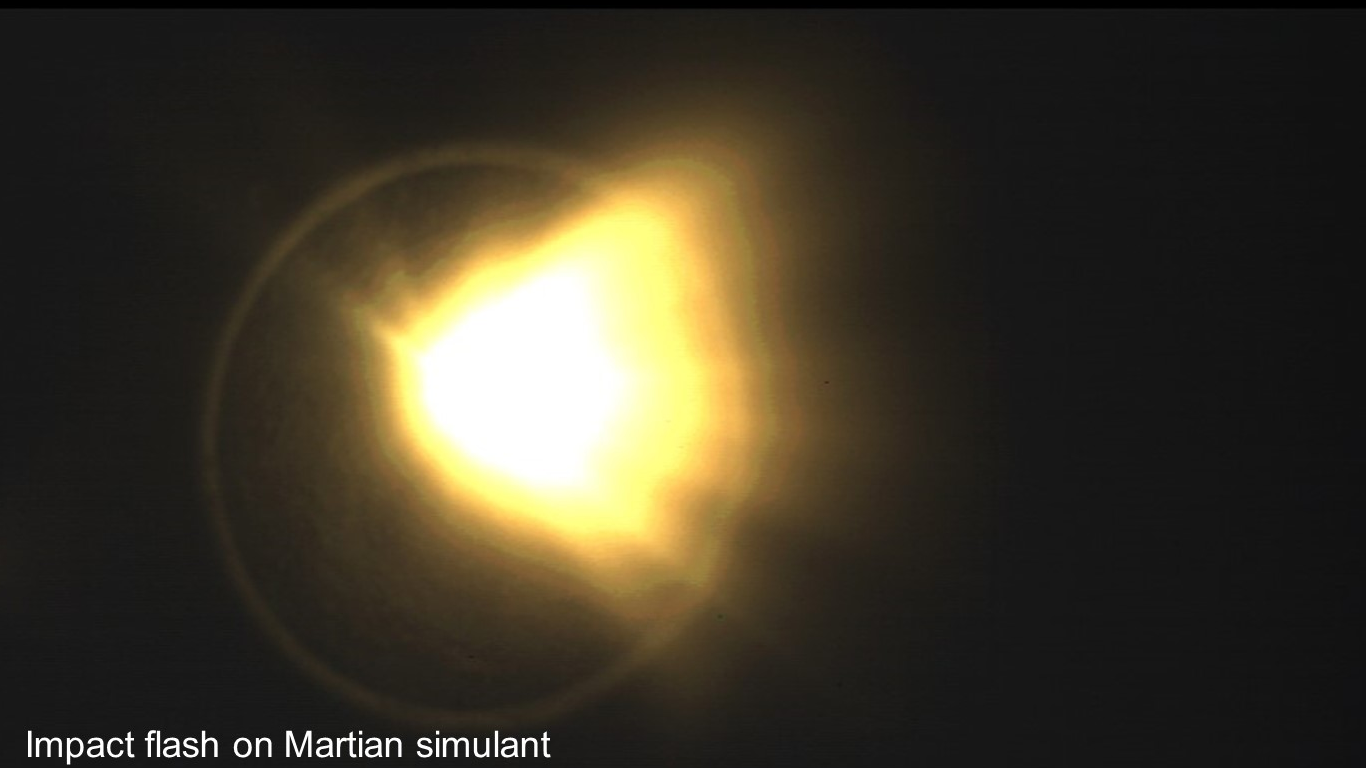Impact cratering, the most common geological process throughout the Solar System, provides a valuable insight into the near-surface regions of planetary surfaces. Recent space missions to the outer Solar System have shown ice-silicate mixtures to be much more prevalent than previously thought. Investigations into the cratering process are now increasingly focused on the formation process within ice-silicate mixtures, using targets where the ice dominates the mixture. Within this work, we propose to study the cratering processes occurring within the Mars system through experimental impact studies into various planetary simulant materials. Observation and measurement of the Martian surface suggest the ice/water content to be approximately 20 wt%; substantially less than that of outer Solar System icy moons. Hence, investigations of the cratering process within such target materials, having never been probed before, will highlight any variations in crater morphology due to the decreased ice content on the near-surface region. Additionally, during the cratering process, substantial quantities of surface material may be ejected at velocities higher than the escape velocity associated with the target body. Rather than simply escaping to interplanetary space, in the Mars system material removed from the planetary body may interact with the Martian moon Phobos. Whilst previous studies have estimated that an approximate 250 ppm of Martian material may be detected within the upper layer of Phobosian regolith, such investigations have relied purely on computational models and the assumption that emplacement of such material would both take place and be detectable. The experimental test of such assumptions would further provide constraints on the possible origin of Phobos, a current area of debate, and a current goal for the upcoming MMX mission; with arguments currently being made for both a captured asteroid and large ejecta fragment as potential origins for Phobos.

